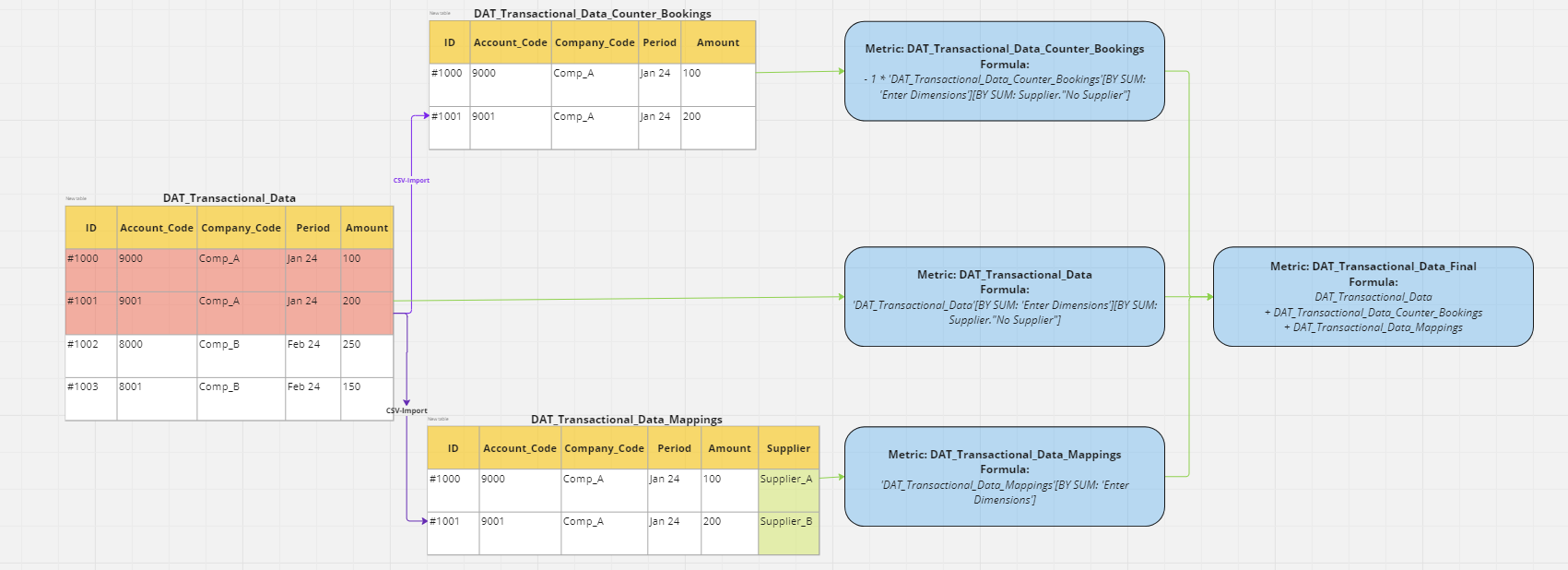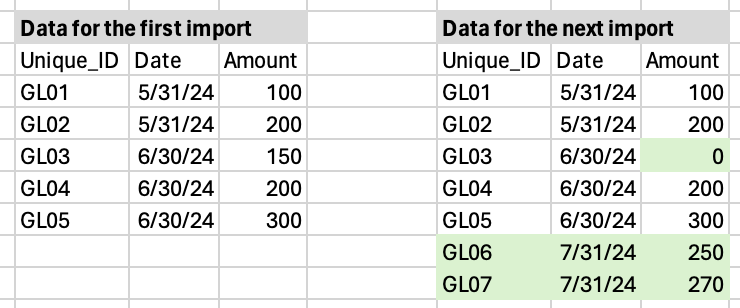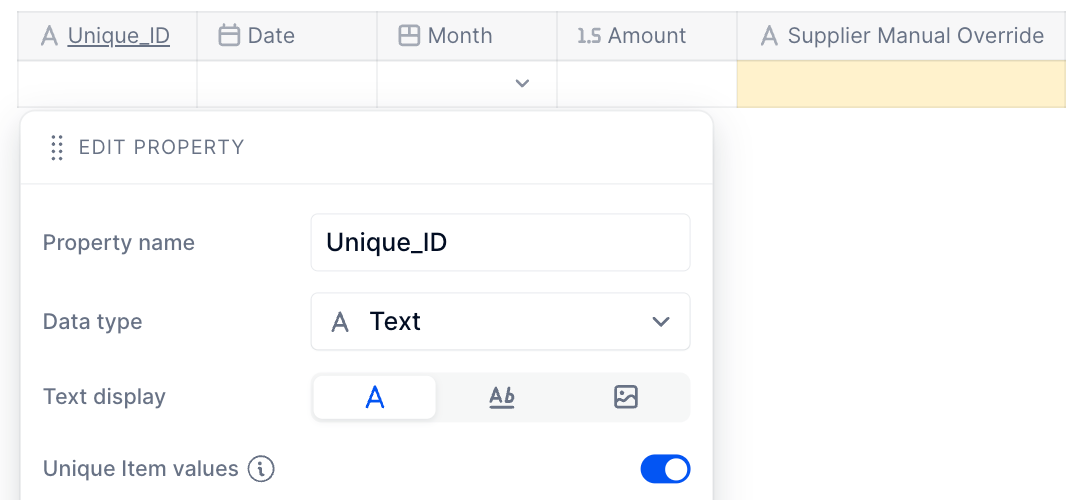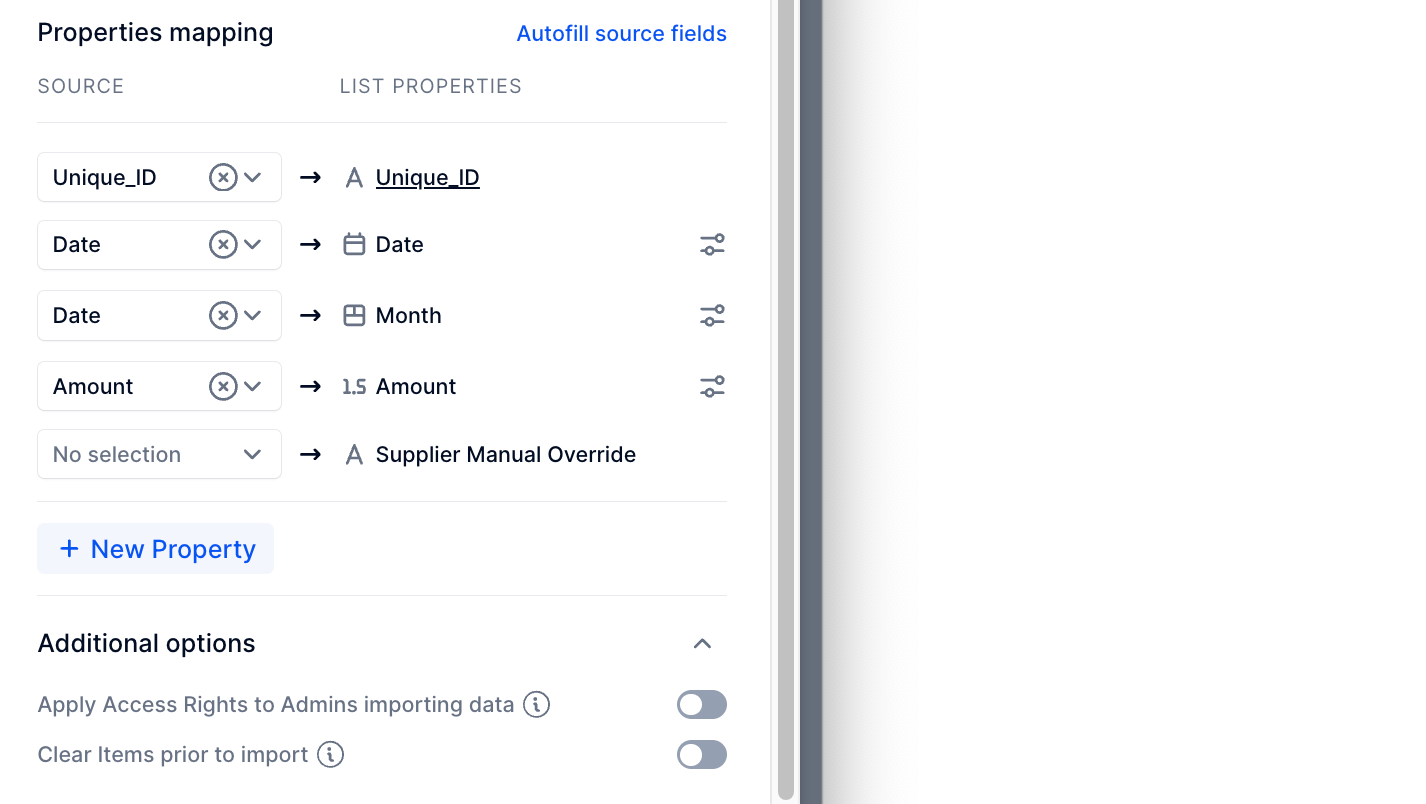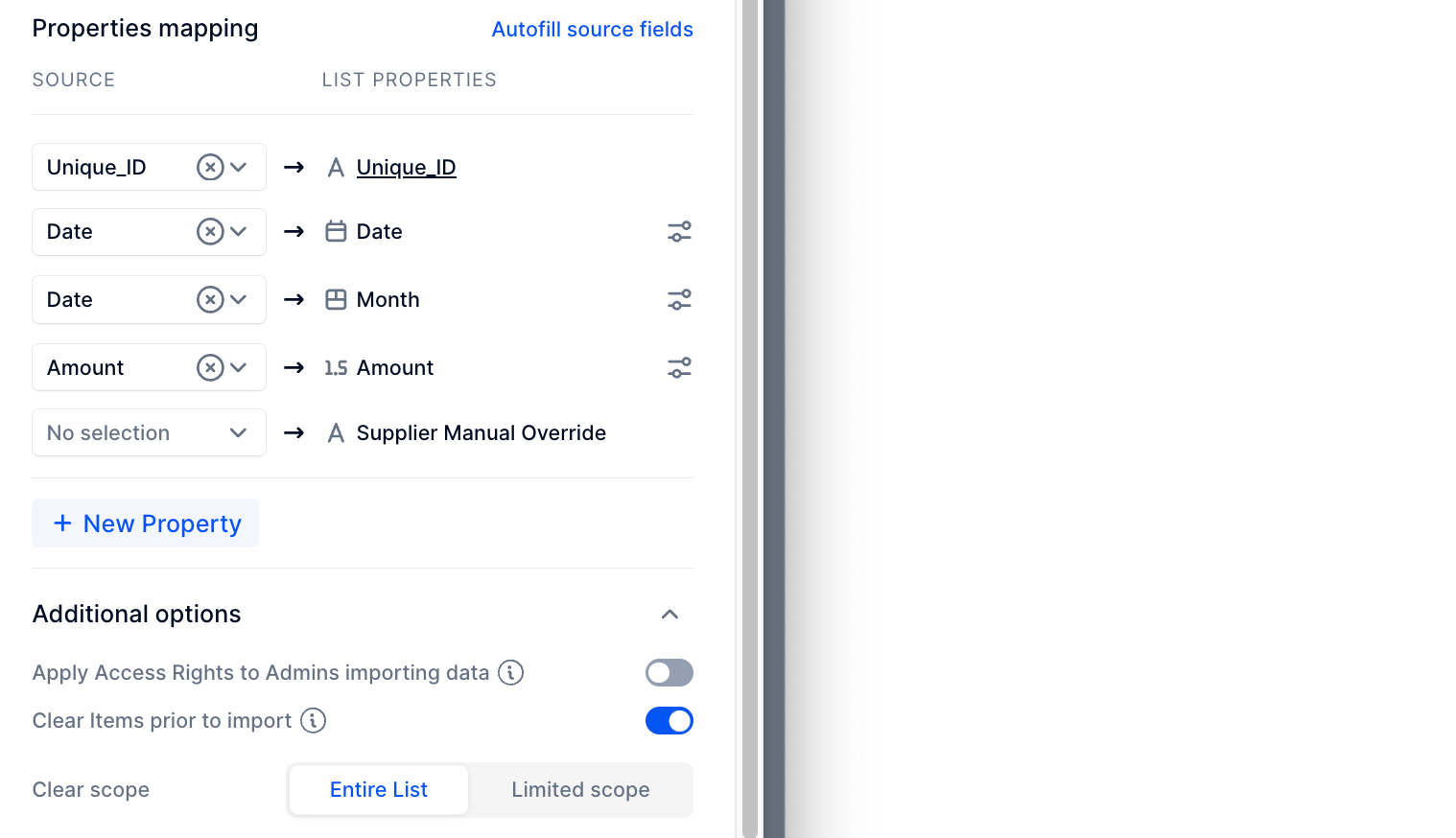Hi there,
I’m facing a recurrent problem and can’t seem to have a solution to fix it.
My problem is the following :
I monitor my P&L statement in Pigment, this P&L is directly based on my general ledger. The general ledger is imported once a month, and includes all the months of the year, although the entries for previous months only change marginally.
Each month, the general ledger is mapped, with a supplier column (which does not exist in the original import); a formula in Pigment is used to map according to the wording of the entry. However, sometimes the formula does not recognise the supplier correctly, or does not map it.
As a result, I end up doing manual mapping to correct inconsistencies.
However, when I re-import the general ledger the following month, the manual adjustments are overwritten and I end up with unmapped suppliers. How can I ensure that they aren’t overwritten ? How can I keep track of manual adjustments?
I'd like to make it clear that we don't want to integrate only the current month of the general ledger but all of it.






